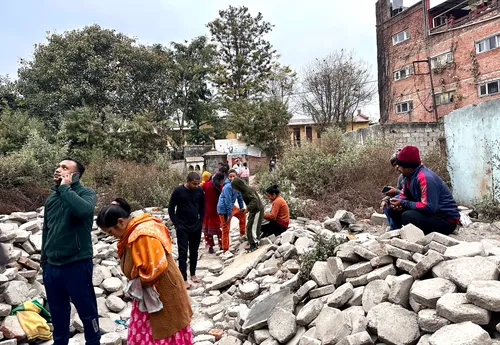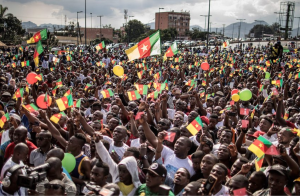Deadly Tibet earthquake highlights region’s vulnerability

A powerful earthquake struck Tibet’s Shigatse city on Tuesday morning, leaving at least 95 people dead and 130 injured. The 7.1 magnitude quake, which occurred at 9:00 a.m. local time, caused widespread destruction in the mountainous region, known for its sacred Buddhist heritage.
The epicenter near Tingri county, close to Mount Everest, experienced temperatures plunging to -18°C (0°F) overnight, compounding the challenges for rescue teams. Over 1,000 houses were reported damaged, with power and water supplies disrupted.
Videos shared by Chinese state media revealed collapsed buildings and frantic rescue efforts in freezing conditions.
While Shigatse, home to the Panchen Lama’s traditional seat, suffered significant losses, tremors also rattled neighboring Nepal and parts of India.
In Nepal, memories of the devastating 2015 earthquake that killed nearly 9,000 people resurfaced, though Tuesday’s tremors caused only minor damage.
China’s government, under President Xi Jinping, has mobilized air force units, drones, and emergency workers to aid the region. However, Tibet’s history of strict Chinese control and limited external access underscores the broader tensions shaping the region’s challenges.
The quake highlights Tibet’s seismic vulnerabilities as it sits on the fault line between the Indian and Eurasian tectonic plates. Experts warn of potential aftershocks, though the likelihood of a stronger quake is low.
This disaster underscores the precarious balance between natural risks and the human struggles tied to the region’s political and environmental realities.












